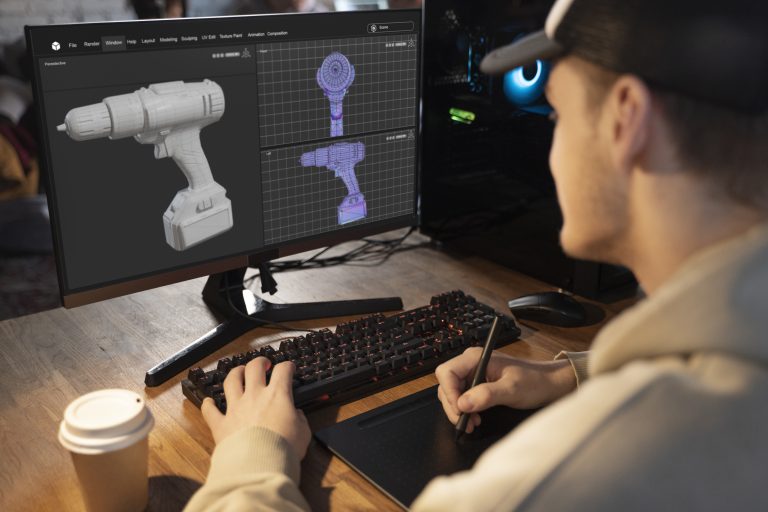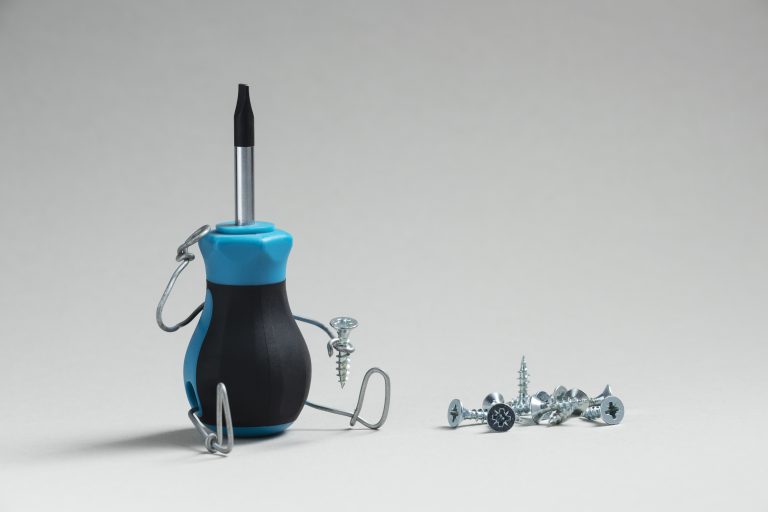Injection moulding for food container manufacturing requires a very specific set of materials, techniques, properties and quality control measures. This is because the contents must be kept safe and hygienic. They must be stored and consumed by people without being contaminated or compromised in any way. All while the product is on a date. The food and drink sector uses a huge range of different shapes and sizes for its containers and packaging. Most are specially shaped around the product. This minimises waste, maximises space and ensures a hermetically sealed fit. As such, injection moulding for food containers is an ideal match for this incredibly important type of packaging and container manufacturing.
Food Container Manufacturing Revealed
According to Eiri Board report, the food and beverage sector makes good use of containers. For example, those intended for water and other liquids, as well as plastic containers for deli products, take-away dishes, supermarket items and lots more. The vast range required means that versatility must be prized when it comes to their manufacture. Plastic injection moulding is just one technique that is commonly used, along with blow moulding, extrusion moulding, stretch blow moulding and more.
1. Melted plastic is inserted into the injection moulding machine and passed through into a specially shaped mould.
2. Pressure forces the plastic material to conform to the mould and coat it to form the required shape and wall thickness.
3. The liquid plastic coating the mould is left to cool and harden.
4. The finished product is ejected from the machine. It is put through quality control tests to ensure it is suitable for containing food or beverages.
5. Tests include checking for uniformity in wall thicknesses and plastic distribution. As well as looking for stray air bubbles or areas where the material has been compromised or weakened. Other issues include colouration and conformity to the required shape and size
The process also provides excellent versatility around the type of plastics chosen. This enables the food container manufacturing to be made with bespoke finishes, shapes, fastenings, colours, printing and branding. Common plastics or polymers used in food container manufacturing include polypropylene, styrene and polyethylene. These have flexible properties, tolerance to heat, chemicals and wear and tear, plus excellent hygienic integrity.
Pros and Cons of Using Plastic Injection Moulding for Food Container Manufacturing
As with any plastic container manufacturing process, there are advantages and disadvantages to plastic injection moulding. The process is excellent for producing large volumes of containers that are identical to each other. This is a key requirement for this particular industry. They can be shaped, coloured and designed to be completely identical, thanks to extremely good design flexibility
A wide range of plastics can be used to ensure even closer adherence to the containers’ required properties. These materials tend to be durable, hygienic and, if necessary, easily formed into hermetically sealed containers to keep edible products fresh for longer. The process can also be conducive to lower-volume projects. This works very well for point-of-sale advertising materials, seasonal inserts, sample food or drink lines etc. Or, exclusive food ranges that will not be sold on a larger-scale basis. There is also little waste, as many left-over plastics can be melted back down to form another product. There is also usually very little post-production work required, as the containers will look good straight out of the machine.
There are a few downsides to consider with plastic injection molding. Initially, there are higher costs for setting up the machinery and molds. However, once everything is ready, production speeds up and becomes cost-effective. The process has some limitations in terms of design, but these are minimal and can usually be managed. Producing smaller batches tends to be more expensive compared to larger orders, which is typical in most manufacturing processes.





